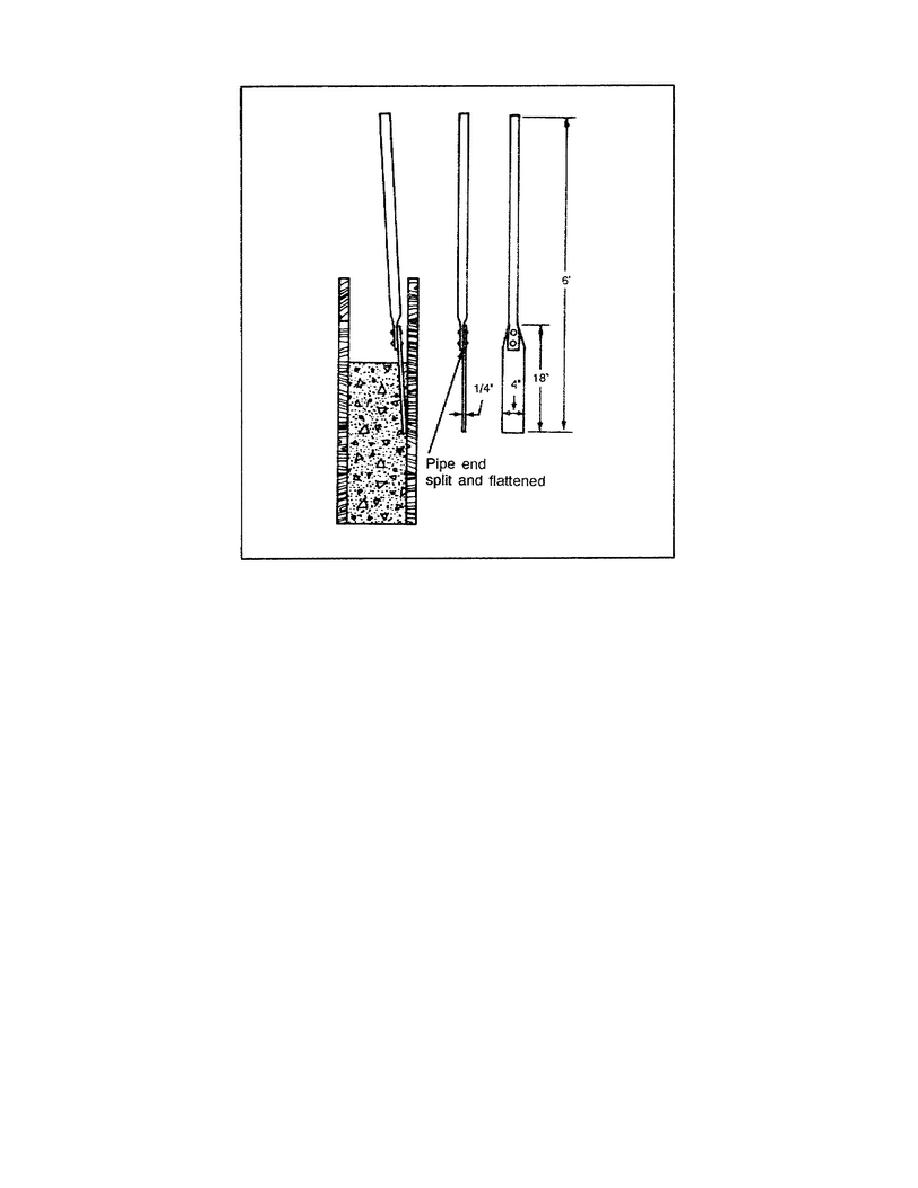
Figure 4-8. Consolidation by spading and a spading tool.
FINISHING
Purpose
The finishing process provides the desired final concrete surface. There are many ways to finish concrete
surfaces, depending on the effect required. Sometimes you only need to correct surface defects, fill bolt holes, or
clean the surface. Unformed surfaces may require only screeding to make the proper contour and elevation or a
broomed, floated, or troweled finish may be specified.
FINISHING OPERATIONS
Screeding
The top surface of a floor slab, sidewalk, or pavement is rarely placed at the exact specified elevation. Screeding
brings the surface to the correct elevation by striking of the excess concrete. Use a tool called a screed, which is a
template having a straight lower edge to process a flat surface or a curved lower edge to produce a curved surface.
Move it back and forth across the concrete using a sawing motion as shown in Figure 4-9 on page 4-18. With each
sawing motion, move the screed forward a short distance along the forms. (The screed rides on either wood or
metal strips established as guides.) This forces the excess concrete built up against the screed face into the low
spots. If the screed tends to tear the surface, as it may on air-entrained concrete due to its sticky nature, either
reduce the rate of forward movement or cover the lower edge of the screed with metal, which will stop the tearing
action in most cases. You can hand screed surfaces up to 30 feet wide, but the efficiency of this method diminishes
4-17
EN5466


 Previous Page
Previous Page
